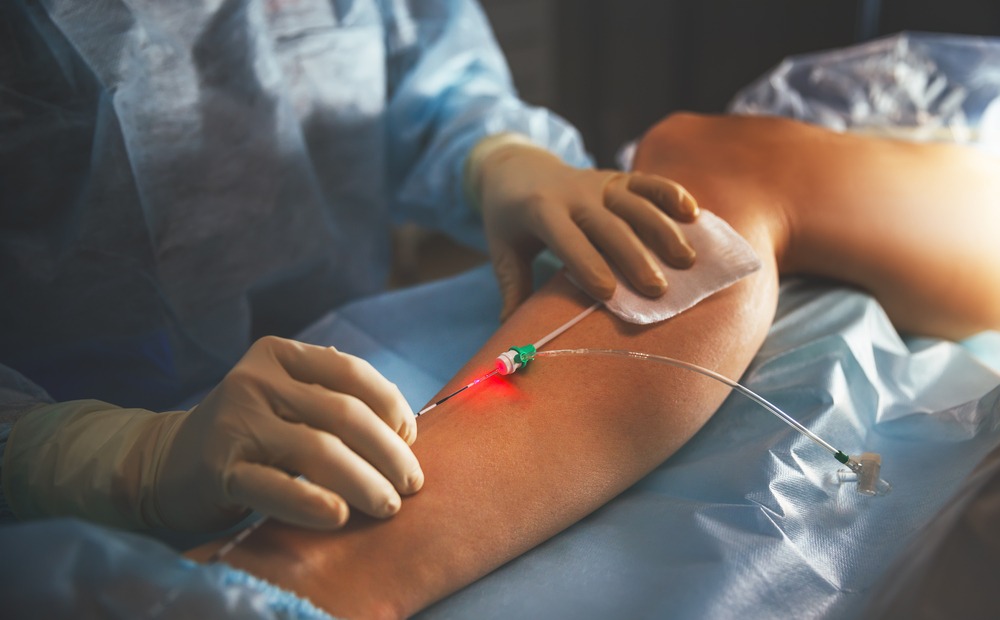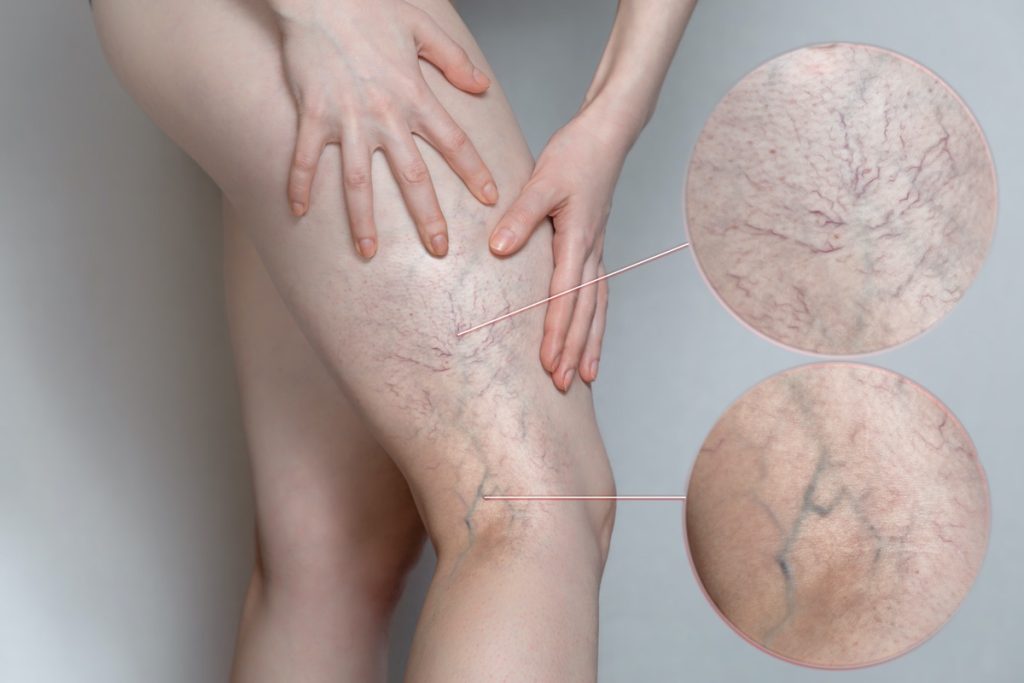- Spider veins are small, twisted blood vessels on the skin’s surface.
- Understanding what spider veins are and their causes is crucial in managing them effectively.
- To prevent and manage spider veins, adopt a healthy lifestyle with cardiovascular exercises, a nutrient-rich diet and hydration.
- Wearing compression stockings can relieve symptoms and prevent the condition from worsening.
- Seeking professional medical advice and treatment, such as minimally invasive vein disease treatment, can significantly help your condition.
Dealing with spider veins can be challenging and might affect your confidence. With advancements in medical treatments and some lifestyle changes, managing spider veins has become considerably easier. Below are essential tips to help you effectively handle and prevent spider veins’ aggravation.
1. Understanding Spider Veins
Understanding what spider veins are is crucial in managing them effectively. Spider veins are tiny, thin veins that are visible through the skin. They appear like spider webs or branches of a tree and are usually red, purple, or blue. While they can develop anywhere, they are commonly found on the legs and face.
Awareness of the causes of a certain condition, such as hereditary factors, age, hormonal changes, and obesity, is essential in understanding its development and progression. By knowing these aspects, you can take proactive and preventive measures to mitigate the risks and potentially avoid the condition altogether. Additionally, being well-informed about the causes enables you to identify any early signs or symptoms, allowing for timely intervention and seeking appropriate treatments in the early stages.
2. Adopting a Healthy Lifestyle
Maintaining a healthy lifestyle is crucial in preventing and managing spider veins. This is because certain lifestyle factors, such as obesity, prolonged standing or sitting, and lack of exercise, can contribute to the development of spider veins.
Here are tips for adopting a healthy lifestyle:
Prioritize Cardiovascular Exercises
Incorporate cardiovascular exercises like jogging, swimming, and cycling into your routine. These exercises boost leg muscle strength and cardiovascular health, aiding in proper blood circulation. Aim for at least 30 minutes of aerobic activity most days of the week for optimal results.
Eat a Nutrient-Rich Diet
Opt for foods rich in fiber, vitamins, and minerals that support vein health. Foods high in potassium, such as bananas, oranges, and leafy vegetables, can help reduce water retention, further preventing vein complications. Maintaining a balanced diet is a proactive approach to preserving vein health.
Stay Hydrated

Keeping your body well-hydrated can improve blood circulation and vein health. Aim to consume at least eight glasses of water daily. Remember, dehydration can lead to blood thickening and circulatory issues, including spider veins.
Avoid Prolonged Sitting or Standing
Extended periods of sitting or standing can lead to poor blood circulation and strain on your veins, contributing to spider veins. Make an effort to move around every 30 minutes to stimulate blood flow and reduce pressure on your veins.
3. Wearing Compression Stockings
Compression stockings are a fundamental tool in managing spider veins. These special stockings are designed to apply pressure to your lower legs, helping to maintain blood flow and reduce discomfort and swelling. They come in various sizes and strengths, so choosing a pair that suits your condition is essential.
Investing in quality compression stockings can relieve the symptoms associated with spider veins and prevent the condition from escalating. Ensure to consult with a healthcare provider to get the appropriate type and size.
4. Avoiding Prolonged Standing or Sitting
Standing or sitting for extended periods can exacerbate the pressure in the veins in your lower legs, leading to spider veins or worsening the existing ones. Make it a habit to change your position frequently throughout the day to encourage blood flow.
If your job requires you to stand or sit for long durations, it’s important to prioritize your well-being. Take short breaks throughout the day to move, stretch, or elevate your legs. These simple practices can greatly assist in reducing pressure on your veins and improving blood circulation, which is crucial for preventing and managing spider veins. By incorporating these habits into your routine, you can promote healthier legs and overall vascular health.
5. Seeking Professional Advice and Treatment

When spider veins affect your life’s overall quality, it might be time to seek professional medical advice. Several effective treatments are available, including minimally invasive vein disease treatment. These procedures can reduce or eliminate the appearance of spider veins, relieving associated pain and discomfort.
Vein disease treatment is usually quick and involves minimal recovery time, allowing you to resume your normal activities soon after. These treatments are typically outpatient and can significantly improve your quality of life by addressing both aesthetic and health concerns related to spider veins.
In Summary
Dealing with spider veins requires lifestyle adjustments and possibly medical treatments. Understanding the condition, adopting a healthy lifestyle, utilizing compression stockings, avoiding prolonged standing or sitting, and considering vein disease treatment are practical tips to effectively manage and prevent spider veins. Consistency in following these tips can lead to healthier and more comfortable living, free from the concerns associated with spider veins.











